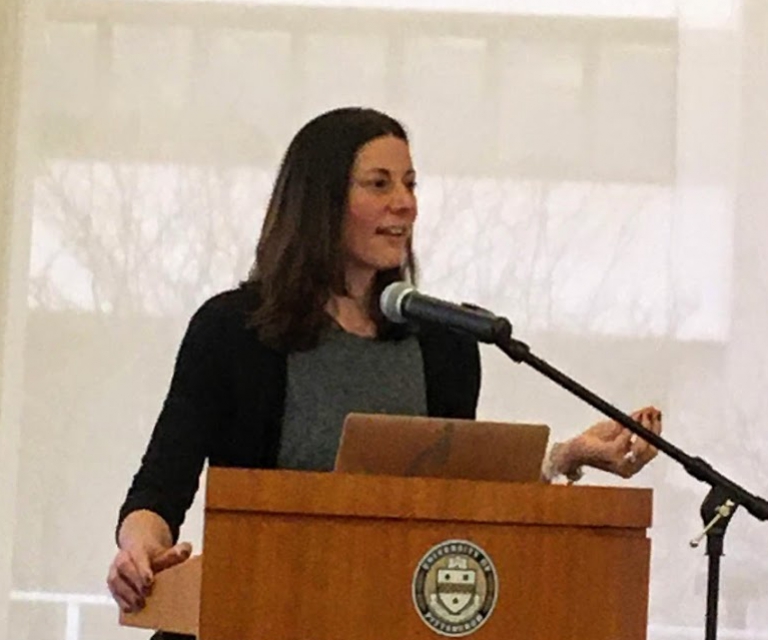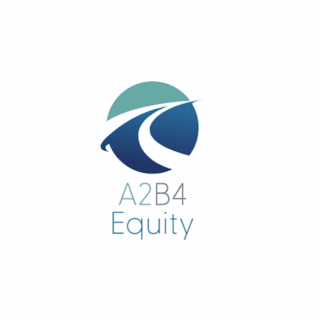
Faculty Member Publishes Book about STEAM Education
In a classroom at Westside Elementary School in Wisconsin, three fifth-grade students are huddled around a piece of paper with a diagram of their school cafeteria drawn on it. “I think we have the right idea but the wrong design,” says one of the children. “If we make the tables close to each other, it will be too loud.”
The children were designing a solution to noise pollution in their school cafeteria. Their school district came up with the activity after collaborating with Cassie Quigley, a faculty member at the University of Pittsburgh School of Education.
Quigley showed a video of the students working on the project during the book talk for her new book, “An Educator’s Guide to STEAM: Engaging Students Using Real-World Problems.” More than thirty students, staff, faculty, and community members attended the talk at Pitt’s Hillman Library this past March to celebrate the launch of the book.
Quigley is an advocate for STEAM, an emerging instructional method that teaches students to solve real-world problems by using both analytical and creative skills. She co-authored the book with her long-time research partner Danielle Herro, a faculty member at Clemson University. The book is designed to help K-8 educators provide a dynamic STEAM curriculum to their students.
While STEM fields have become an important area of growth for education, Quigley’s work with educators adds art education to the mix to help students engage with science in different ways.
At her book talk, Quigley shared the story of one middle school teacher who added a modern twist to her school’s ancient history curriculum. The teacher asked students to use what they learned about ancient irrigation systems to solve their city’s modern water problems. Inspired by the Park Guel ancient irrigation system in Barcelona, the students also created colorful mosaics. This particular STEAM project allowed students to experience history, art, and scientific problem-solving together in an integrated model.
Quigley sees a strong connection between equity and STEAM. “STEAM can be a pathway for students who are typically left out of STEM disciplines,”she said.
Quigley is the STEAM education certificate coordinator at Pitt Education. She also works as a Pennsylvania STEM ambassador and is working on a PA SMARTS Computer Science grant.
Current educators who are interested in implementing STEAM education in their classroom may enroll in the four-course STEAM certificate program. Pitt Education also offers a self-paced STEAM Continuing Education course.
“I see these programs as an opportunity to engage students in schools in the ways they often learn outside of school and to help all students become the problem-solvers of the world. I am consistently amazed by the power of youth when we give them a chance to engage in real-world problem-solving.”
Before becoming a faculty member, Quigley spent four years working as a science teacher in Indianapolis, Indiana, and in Cambodia, where she says she gained new experiences and perspectives. During her time in Indianapolis, Quigley remembers the lessons learned from her collaborations with an art teacher for an integrated science and art course. “Back then, the concept of STEAM education did not exist, but I knew I wanted to find ways to help students engage with science in creative ways,” she said. After receiving her PhD in Curriculum and Instruction from Indiana University, she went on to work with a South Carolina school district to help plan a new STEAM middle school.
“We wrote this book because schools will decide to adopt STEAM education without truly understanding what that looks like. It’s not just about coloring and paper macheing. It’s about how art is part of problem-solving,” said Quigley.
Learn More
Learn more about Pitt Education’s STEAM offerings.




